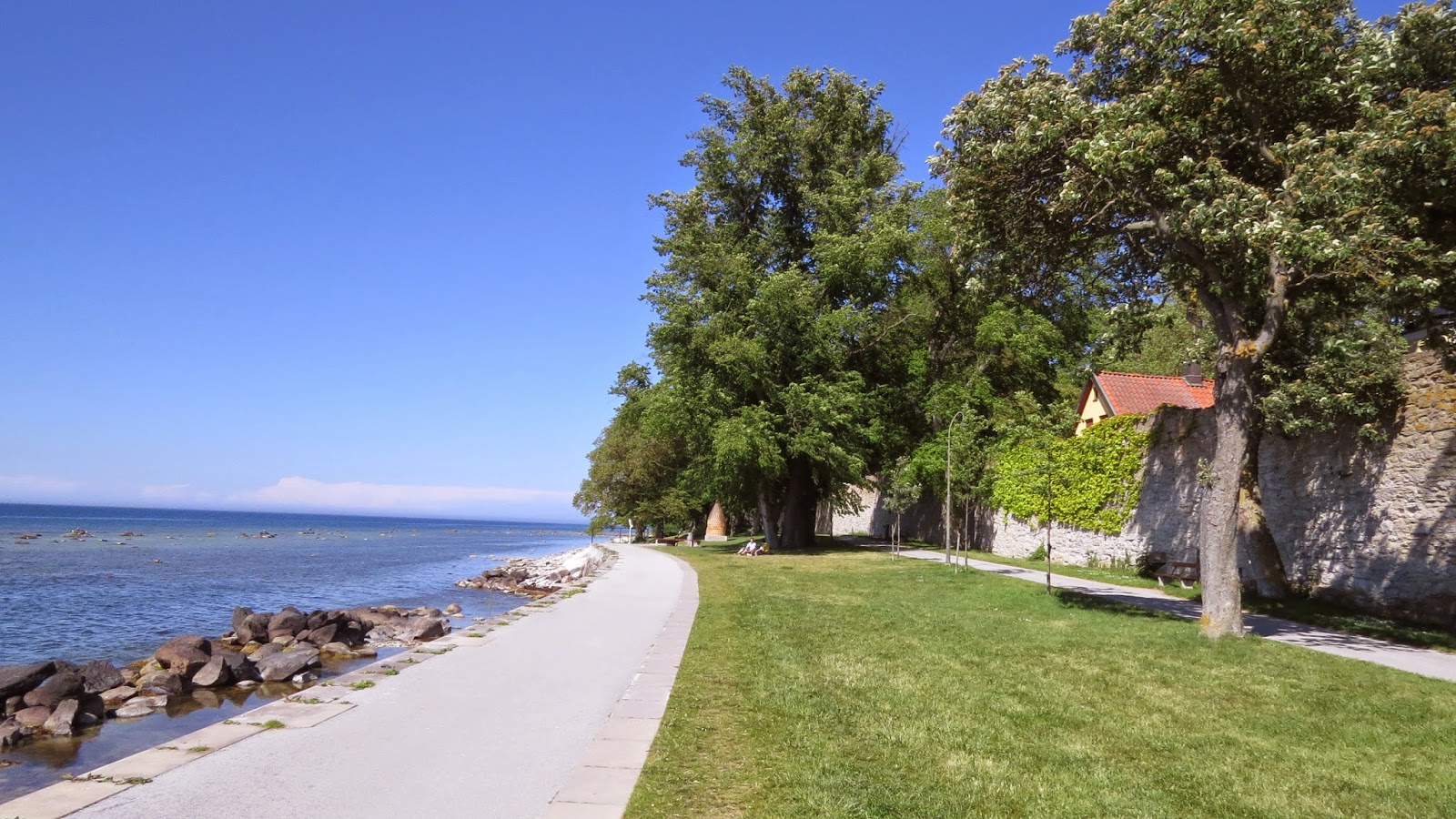 |
| Visby - the walled medieval city on Gotland |
 |
| The car ferry that gets you from Nyäshamn to Visby and back |
 |
| Out in the archipelago near Nyäshamn |
 |
| Some of the artwork in the city |
 |
| Stone sheep are used to keep cars off the footpaths |
 |
| Sheep are a common tourist trap... |
 |
| Walking around the wall |
 |
| Outside the wall - beautiful on a sunny day |
 |
| Sunsets are magical here |
 |
| One of the main squares in central Visby |
 |
| More sheep |
 |
| The roses are so healthy |
 |
| Typical post box |
 |
| The main cathedral in central Visby |
 |
| Looking through gaps in the wall |
 |
| The portcullis grill and bridge to enter the city |
 |
| One of the many wall towers |
 |
| View from the top of the wall |
 |
| The gallows outside the city walls |
 |
| Modern homes |
 |
| Crumbling stone facade gradually being eaten away by time |
 |
| The roof is no longer there, but the stone archways are |
 |
| Hanging out inside one of the old churches |
Simple fishing huts were neatly lined up in one bay, their windows too grimy to be able to see what treasures might be hidden inside. Sticks to hang fishing nets out to dry on are still standing - although more of a tourist attraction now than any practical use.
 |
| Old fishing huts with new life rings |
 |
| Sticks to hang the nets on |
 |
| So much cooler in the shade |
 |
| Ruined fishing boats left to rot |
 |
| Pretty as a postcard! |
 |
| Relaxing after a tough walk... |
 |
| On the car ferry to Fårö |
 |
| The sheep that tried to escape |
 |
| Fårö church |
 |
| The painting from 1618 |
 |
| The ring of shoes |
 |
| All facing in towards the croc |
 |
| None worth taking though... |
 |
| The stiletto parrot |
 |
| Mini golf competition... |
 |
| Air shot! |
 |
| Funny artwork |
 |
| Desolate rocky beaches |
 |
| The camel-dog rauk |
 |
| The largest rauks |
 |
| Kristian next to it...just for an idea of scale |
 |
| Man with nose in the air... |
 |
| Make your own cloud picture out of this one... |
 |
| The lighthouse... |
 |
| ...the armada of ducks |
 |
| ...and the maze... |
 |
| Gearing up |
 |
| Our dive site near an old fishing village |
 |
| Best little town... |
 |
| Quite a few old windmills are around the island |
 | ||
Love the wild flowers that are everywhere
|



No comments:
Post a Comment